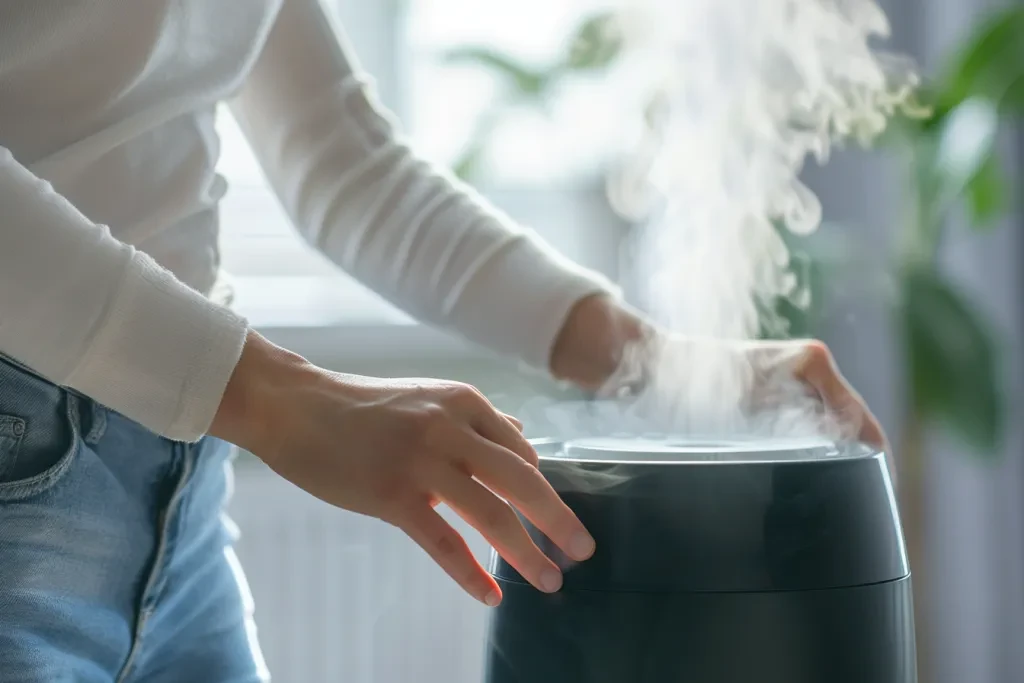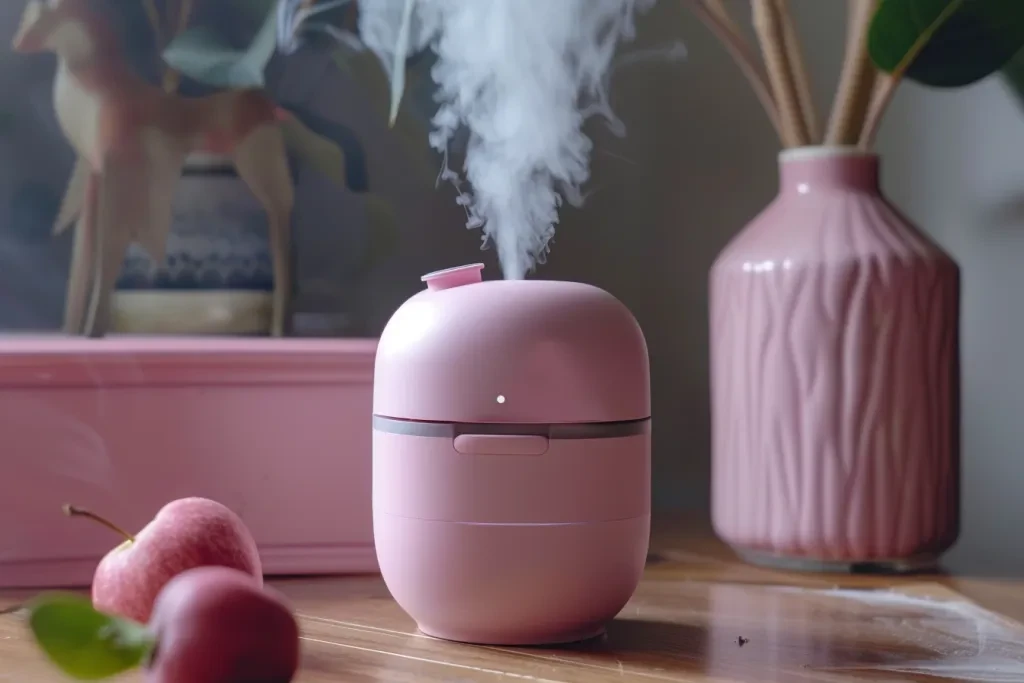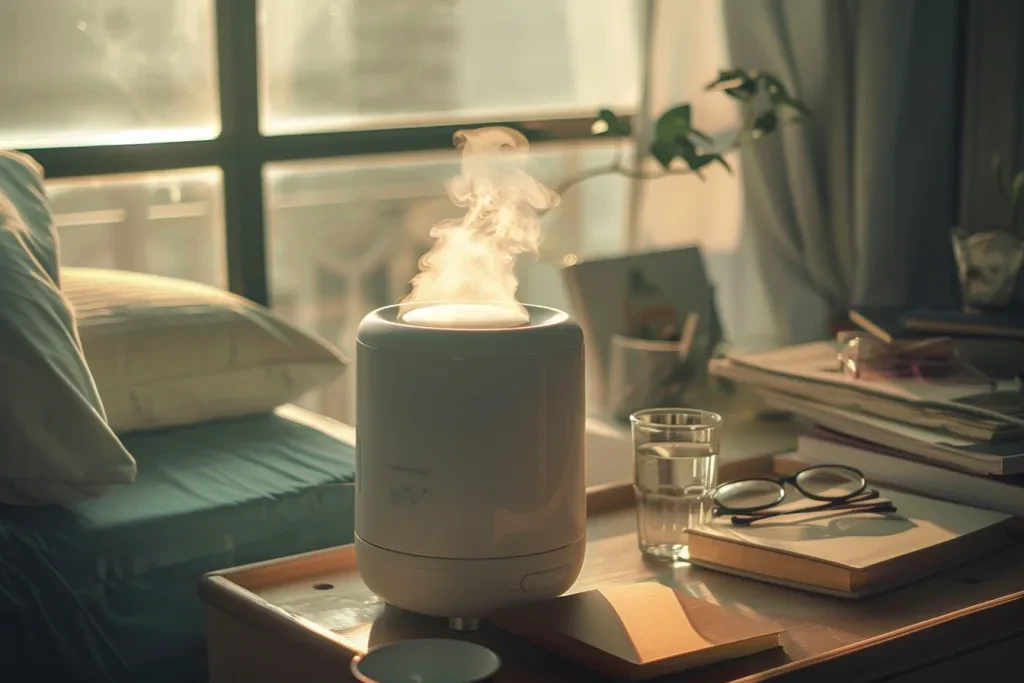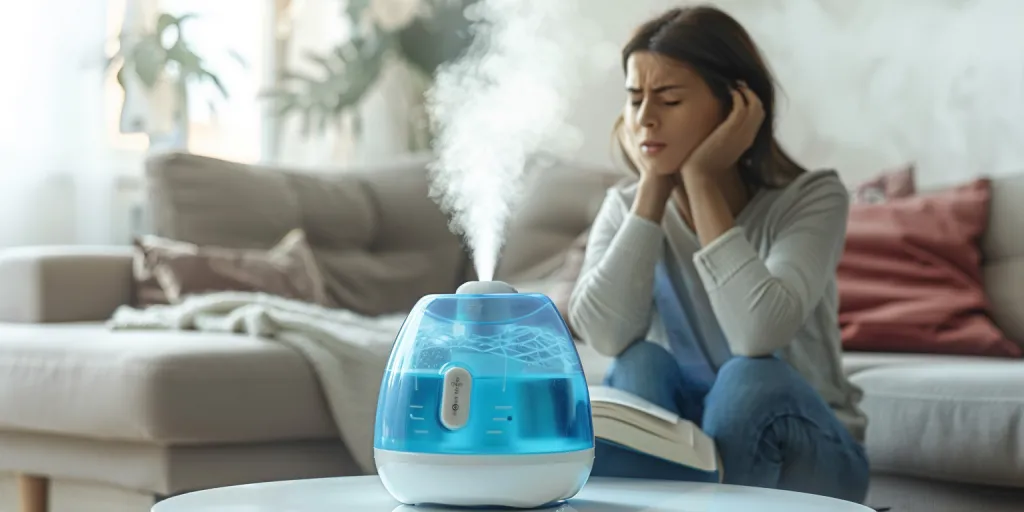The quest for a comfortable indoor environment often leads many to consider the addition of a room humidifier. This machinery, subtle yet impactful, plays a crucial role in not only enhancing the quality of air but also in promoting health and well-being within our living spaces. Through this article, we delve into the essential aspects of room humidifiers, breaking down their benefits, types, maintenance, energy efficiency, and how to select the right one for your needs. Our goal is to provide you with comprehensive insights that empower you to make informed decisions for your home or office.
Table of Contents:
– Understanding the benefits of a room humidifier
– Exploring the different types of room humidifiers
– Maintenance tips for your room humidifier
– Energy efficiency and room humidifiers
– How to choose the right room humidifier
Understanding the benefits of a room humidifier

Humidity levels within our living spaces can significantly affect our comfort, health, and the longevity of our home furnishings. A room humidifier introduces moisture into the air, which can alleviate dry skin, irritations, and respiratory issues exacerbated by dry air. Moreover, maintaining optimal humidity levels can prevent the wood in furniture and musical instruments from cracking. It’s not just about comfort; it’s about creating a living environment that fosters well-being and preserves the integrity of our belongings.
For individuals suffering from allergies or asthma, a room humidifier can be particularly beneficial. By maintaining a balanced humidity level, the air becomes less conducive to allergens such as dust mites. Furthermore, in colder climates, where heating systems can dry out the air, humidifiers help in maintaining a comfortable living space, reducing the occurrence of static electricity and enhancing respiratory comfort.
The psychological effects of a well-humidified environment should not be underestimated. Studies have shown that environments with balanced humidity levels contribute to a sense of well-being and improved sleep patterns. This is a testament to the holistic benefits of integrating a room humidifier into our living spaces, emphasizing not just physical comfort but also mental health.
Exploring the different types of room humidifiers

When it comes to selecting a room humidifier, understanding the different types available is crucial. The most common types include ultrasonic, evaporative, and steam vaporizers. Ultrasonic humidifiers use high-frequency vibrations to generate mist, making them exceptionally quiet, which is ideal for bedrooms. Evaporative humidifiers, on the other hand, use a fan to blow air through a wet wick or filter, making them self-regulating since they can only add humidity to the air as fast as it evaporates. Steam vaporizers heat water to produce steam, which is then cooled slightly before being released into the air.
Each type has its advantages and considerations. For instance, ultrasonic humidifiers are efficient and quiet but can produce white dust if used with hard water. Evaporative models are economical and effective but can be louder due to the fan operation. Steam vaporizers are excellent for reducing germs and bacteria in the air but can be hot to the touch, posing a safety risk in children’s rooms.
The choice between these types often comes down to personal preference, room size, and specific health concerns. For example, those with asthma may prefer steam vaporizers for their ability to purify the air, while those seeking quiet operation might lean towards ultrasonic models.
Maintenance tips for your room humidifier

Maintaining a room humidifier is essential for its efficiency and longevity, as well as for ensuring the air quality in your home remains healthy. Regular cleaning is paramount to prevent the growth of mold and bacteria within the humidifier. Depending on the type of humidifier, it’s recommended to clean the water tank and any filters or wicks every 2-3 days with a mixture of water and white vinegar or according to the manufacturer’s instructions.
It’s also important to use distilled or demineralized water in your humidifier to minimize the buildup of minerals, which can lead to white dust and potentially harm the machine’s performance. Regularly checking for signs of wear and tear, such as cracks in the tank or deteriorating seals, is crucial to prevent leaks and ensure the humidifier operates safely.
Proper storage is another key aspect of maintenance. When not in use, especially for extended periods, it’s advisable to empty the water tank, clean the humidifier thoroughly, and store it in a dry place. This prevents stagnant water from becoming a breeding ground for unwanted microorganisms.
Energy efficiency and room humidifiers

Energy efficiency is an increasingly important consideration for household appliances, including room humidifiers. Fortunately, advancements in technology have led to the development of models that consume less energy while still providing optimal humidity levels. When selecting a humidifier, look for energy-efficient models that have a programmable humidistat. This feature allows you to set the desired humidity level, and the humidifier will automatically turn off once it’s reached, conserving energy.
Another aspect to consider is the size of the humidifier relative to the room. A model too small for your space will have to work harder and longer to maintain the desired humidity level, using more energy in the process. Conversely, a model too large for the space can lead to excessive humidity, which has its own set of problems such as mold growth and discomfort.
By choosing an appropriately sized, energy-efficient humidifier and using it wisely, you can enjoy the benefits of balanced humidity without a significant increase in your energy bills. This not only benefits your wallet but also contributes to the broader efforts of conserving energy and reducing environmental impact.
How to choose the right room humidifier

Selecting the right room humidifier involves considering several factors to ensure it meets your specific needs. First, assess the size of the space where the humidifier will be used. This will determine the capacity and type of humidifier needed. Next, consider any specific health issues that might be alleviated by a humidifier, such as allergies or respiratory conditions, as this might influence the type of humidifier best suited for you.
Furthermore, evaluate the features offered by different humidifiers. Features such as a built-in humidistat, ease of cleaning, noise level, and energy efficiency can greatly affect your satisfaction with the product. It’s also wise to consider the ongoing maintenance requirements and cost of replacement parts, as these can impact the total cost of ownership.
By carefully considering these factors, you can choose a room humidifier that not only improves the comfort and health of your living space but also aligns with your lifestyle and budget. Remember, the goal is to enhance your environment in a way that is sustainable and beneficial for your well-being.
Conclusion:
A room humidifier is a valuable addition to any indoor space, offering benefits that extend beyond simple comfort. By understanding the different types, maintenance requirements, energy efficiency, and how to choose the right model, you can ensure your humidifier serves you well. Remember to consider your specific needs and the unique aspects of your living space when making your selection. With the right room humidifier, you can create a more comfortable, healthy, and enjoyable environment for yourself and your loved ones.




